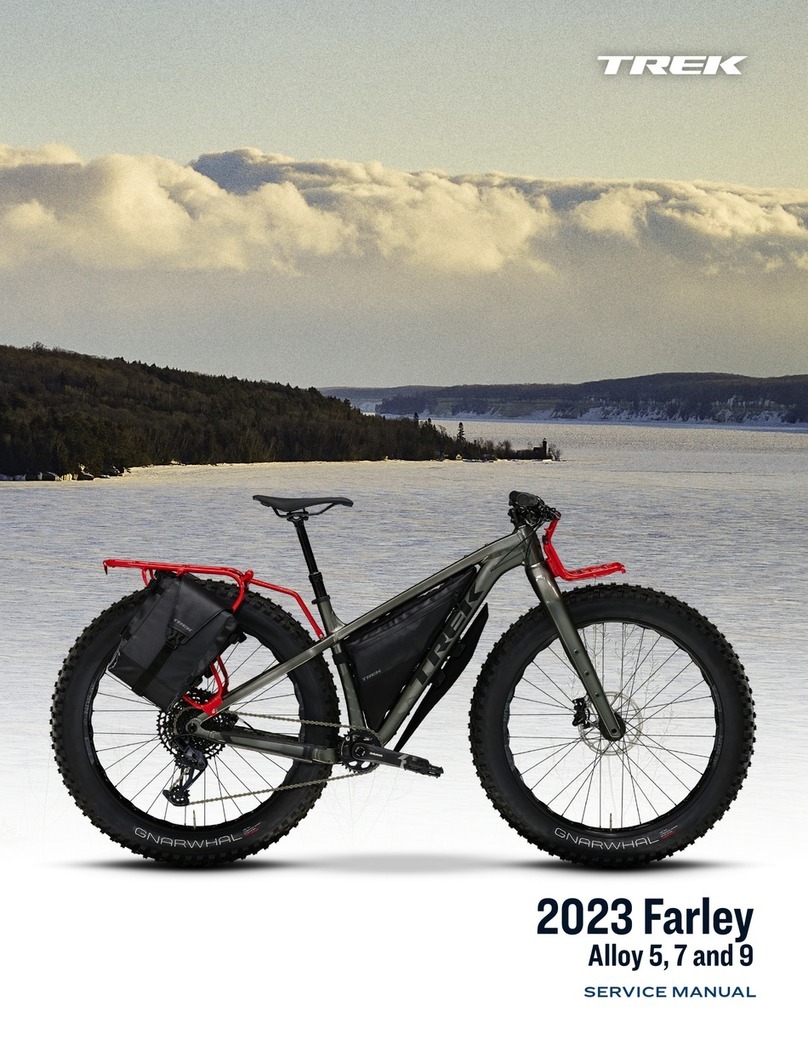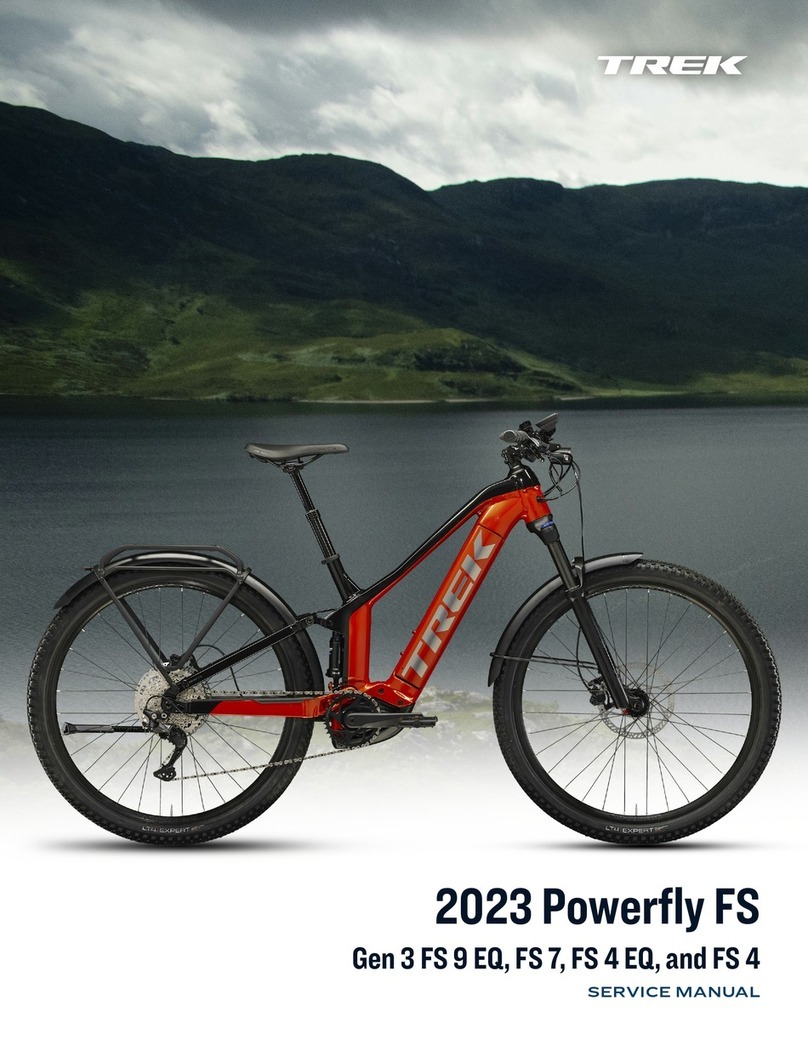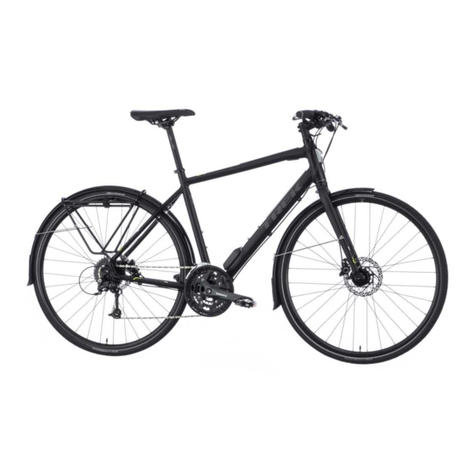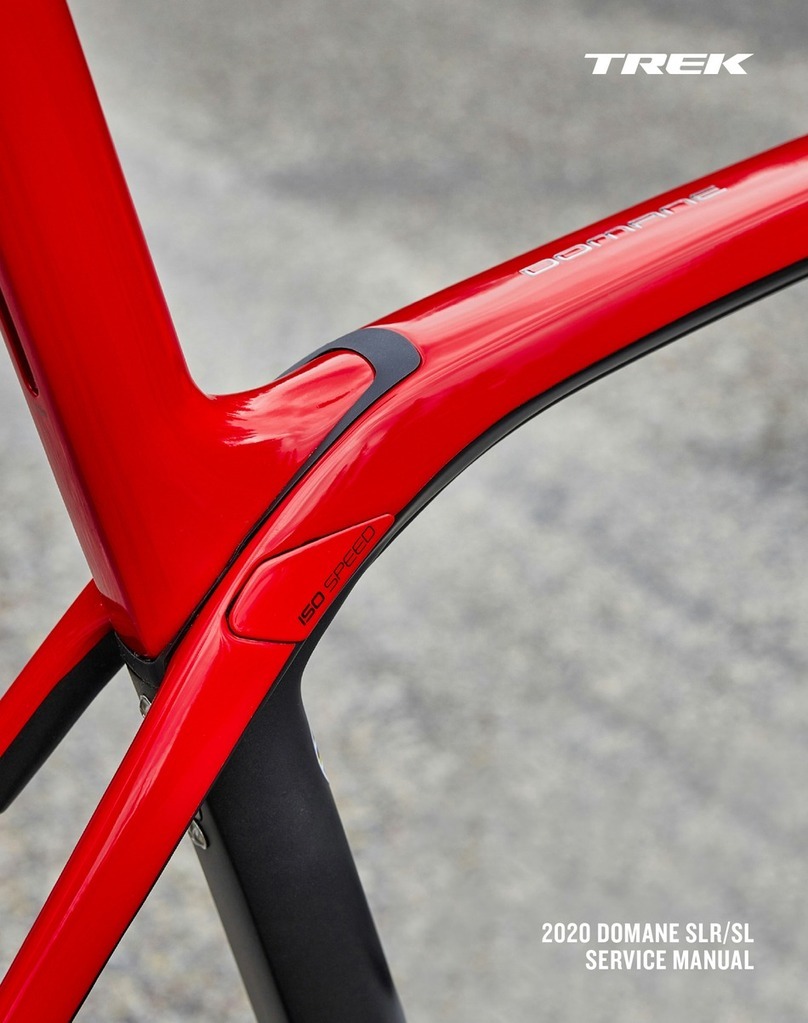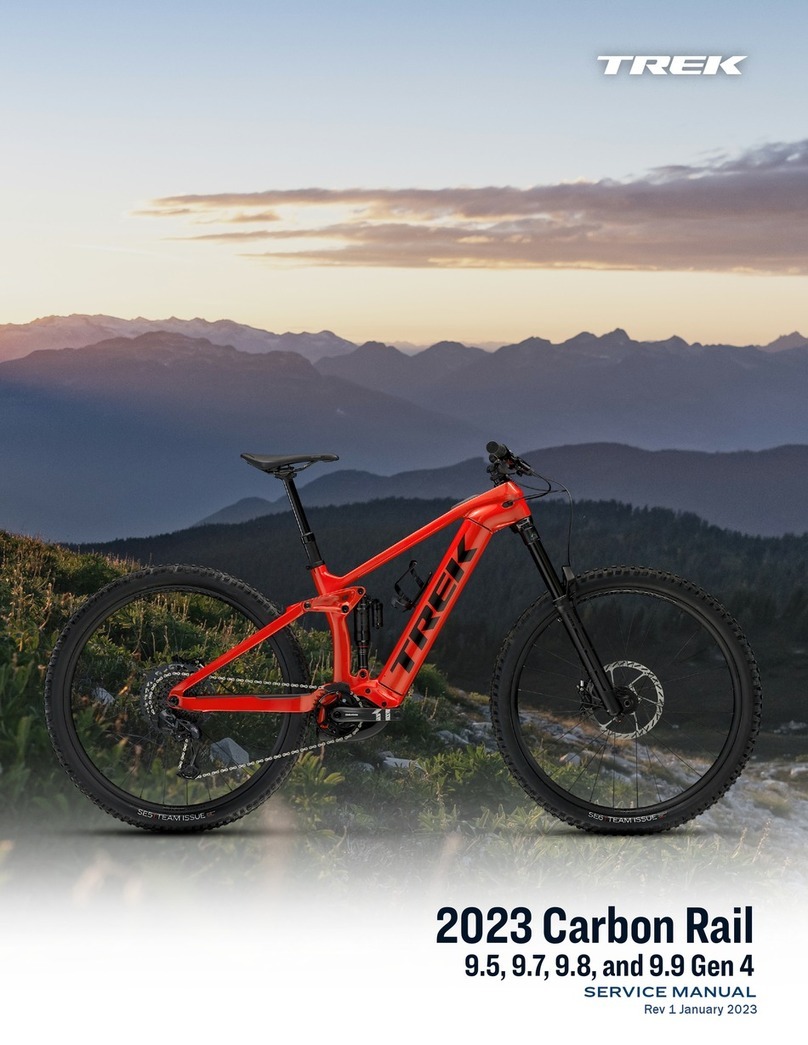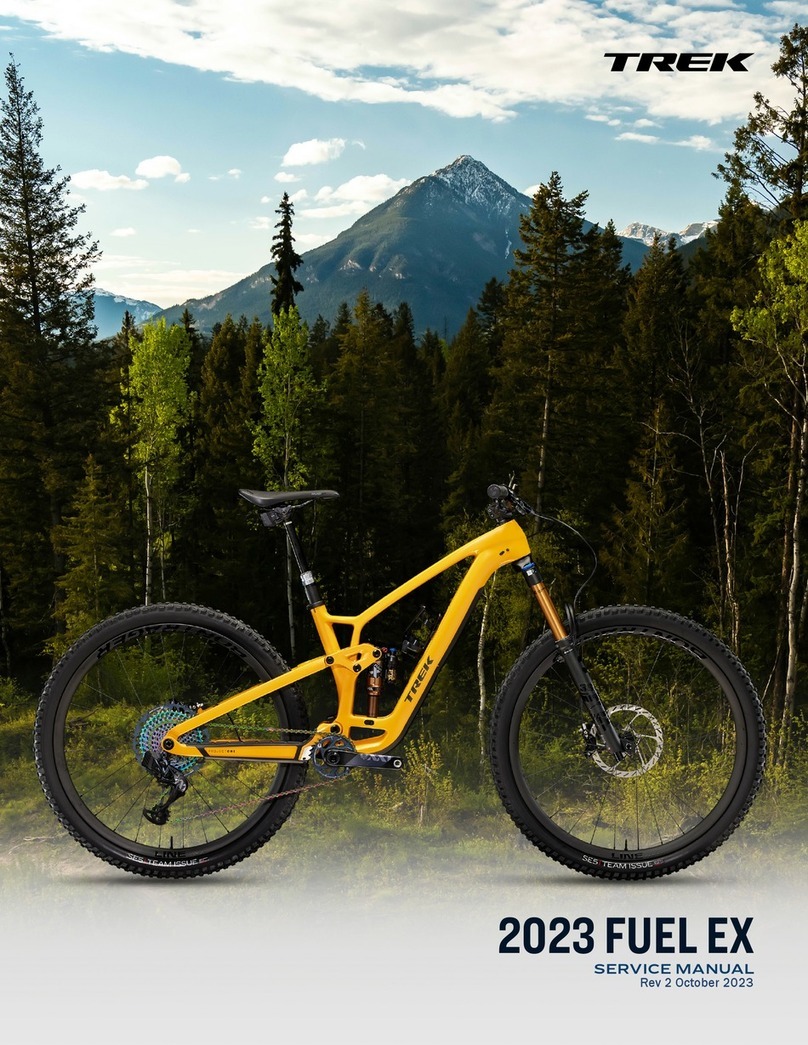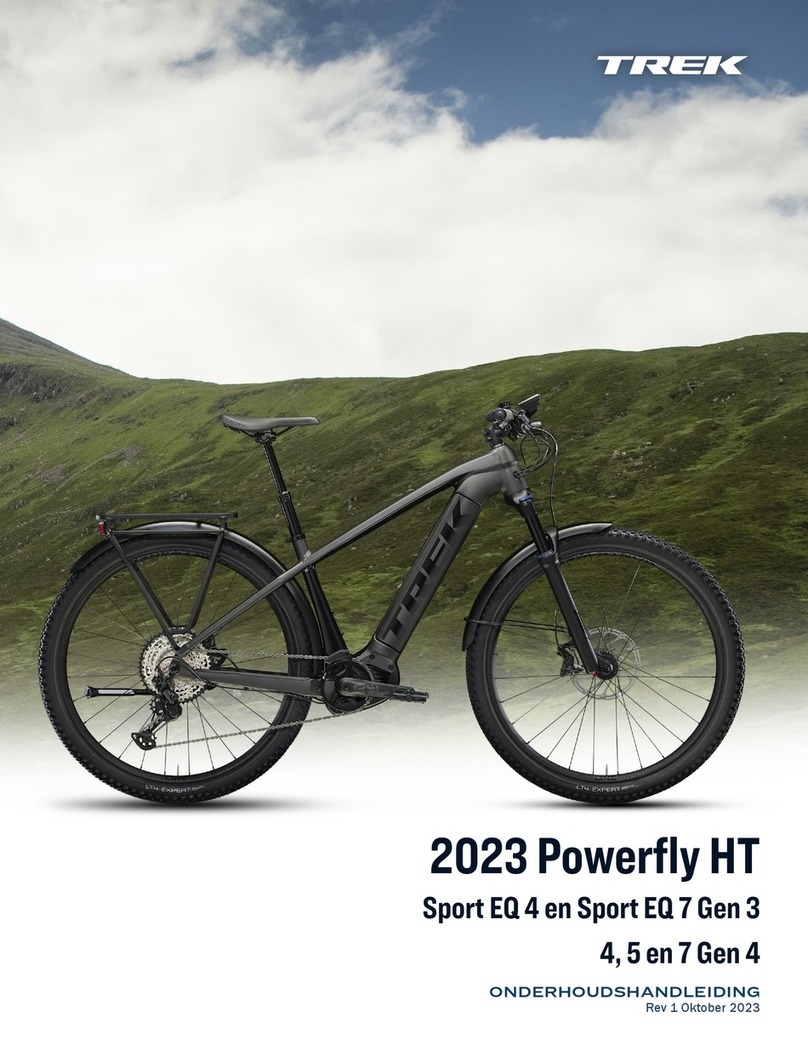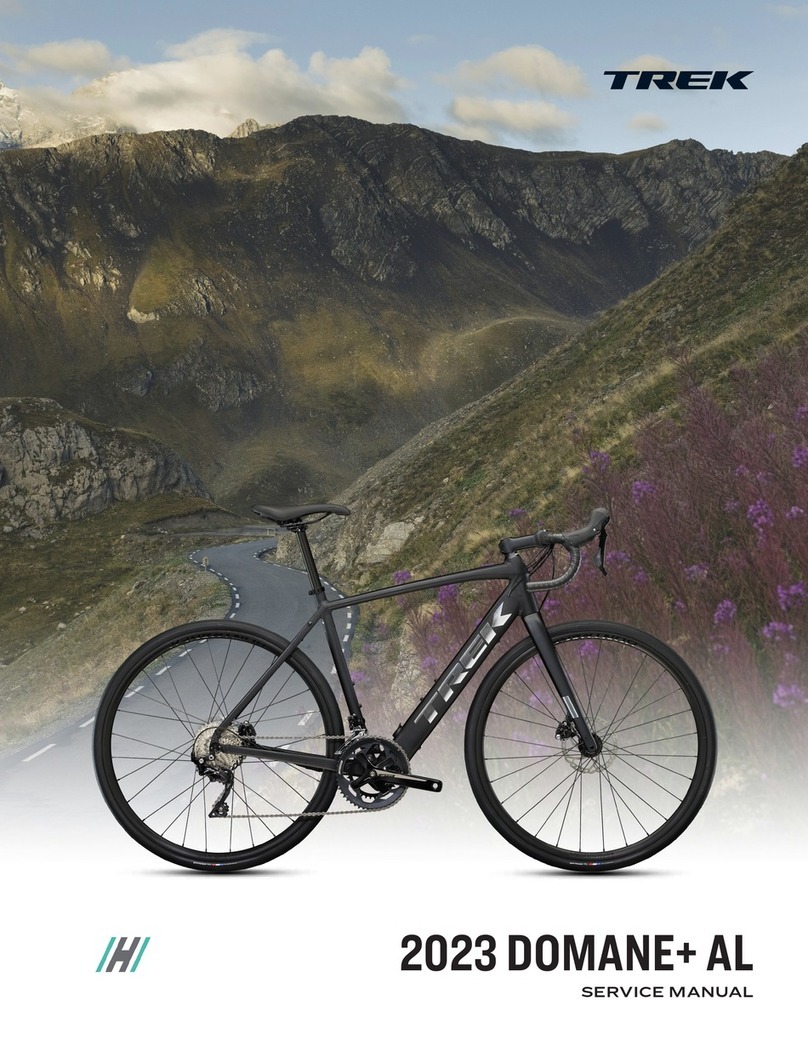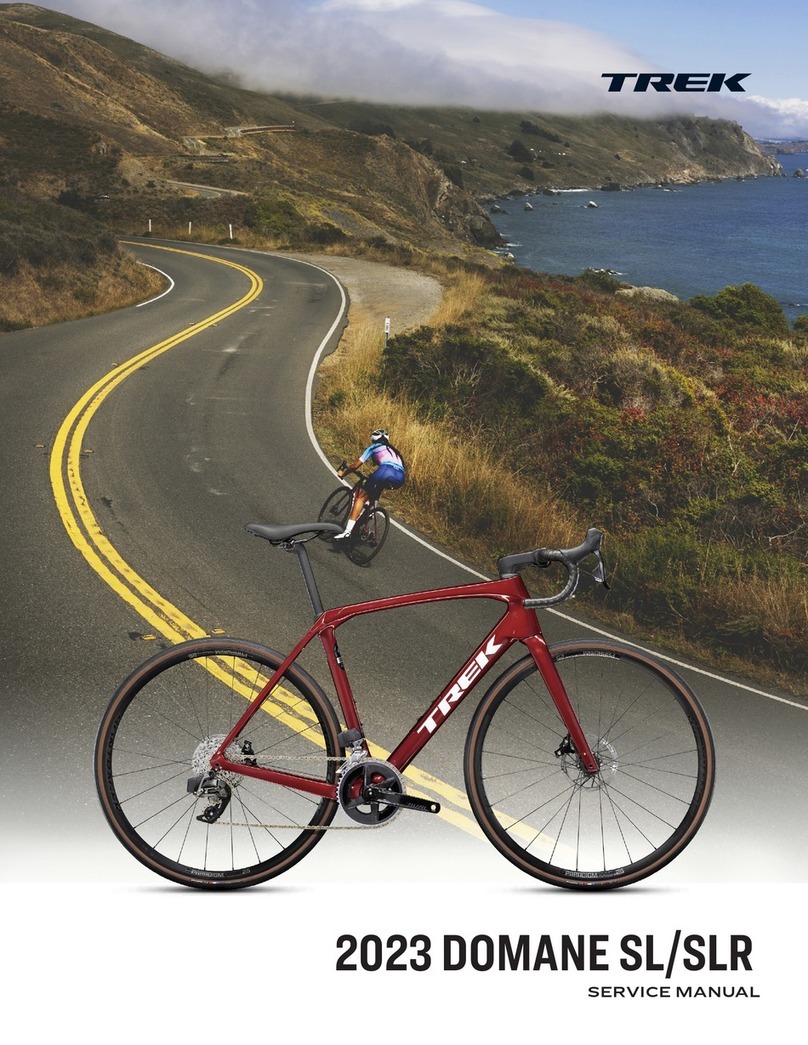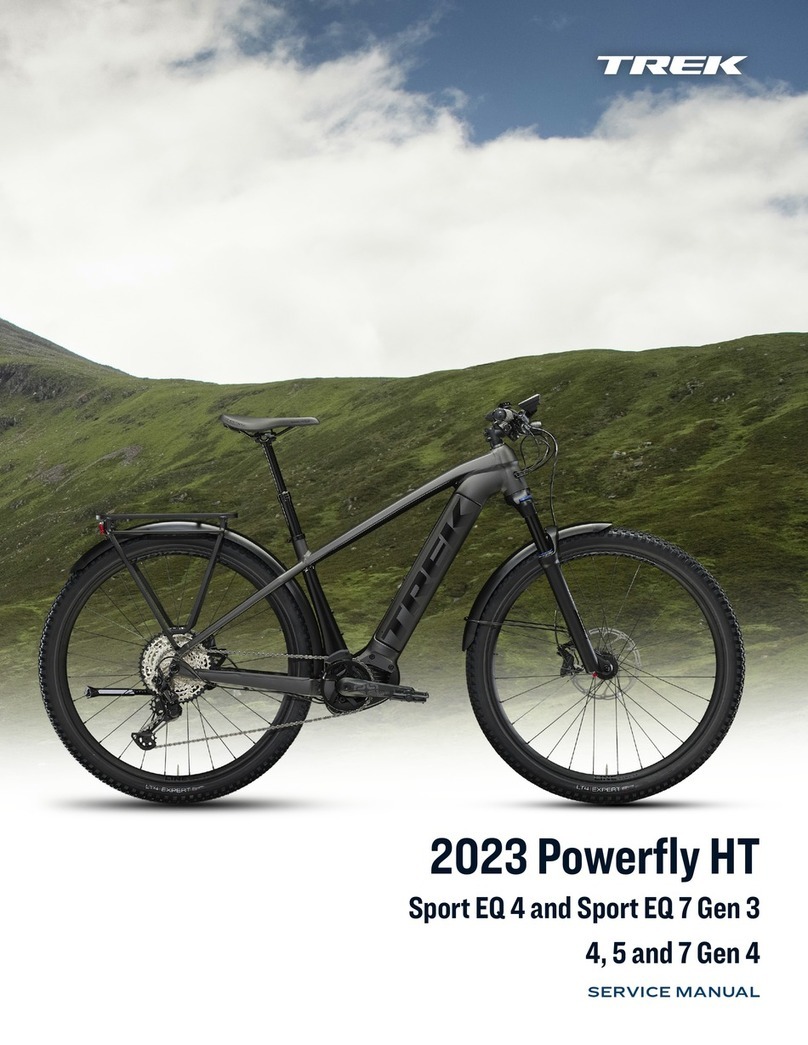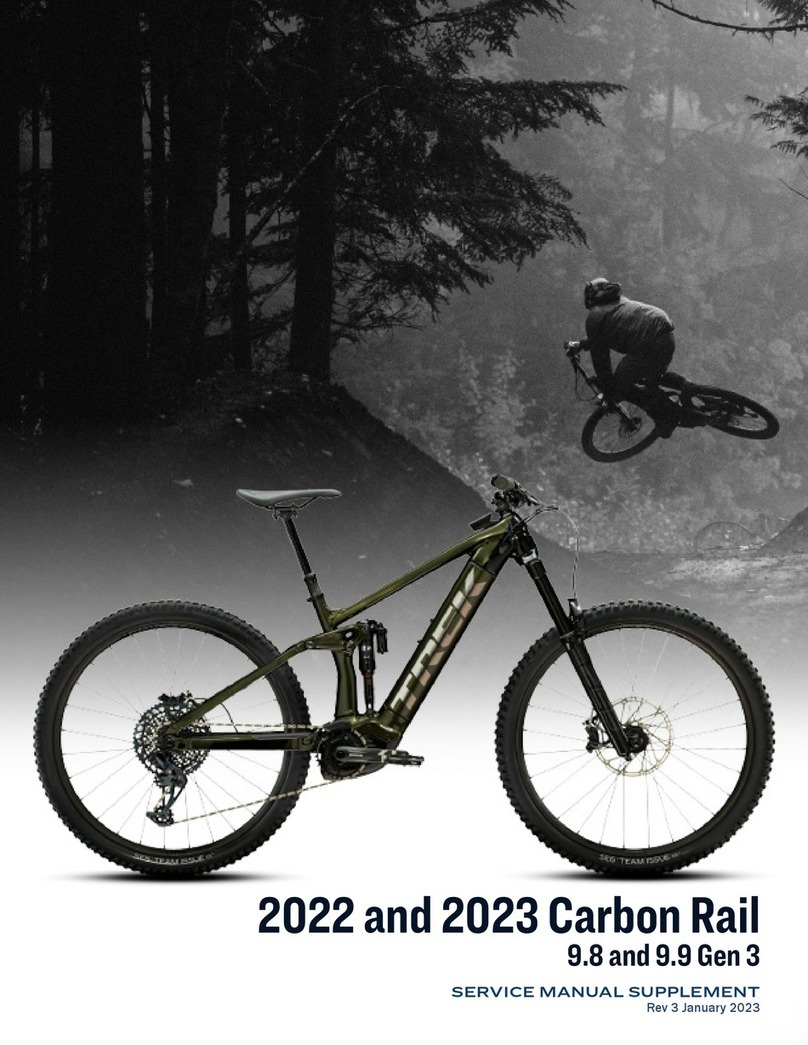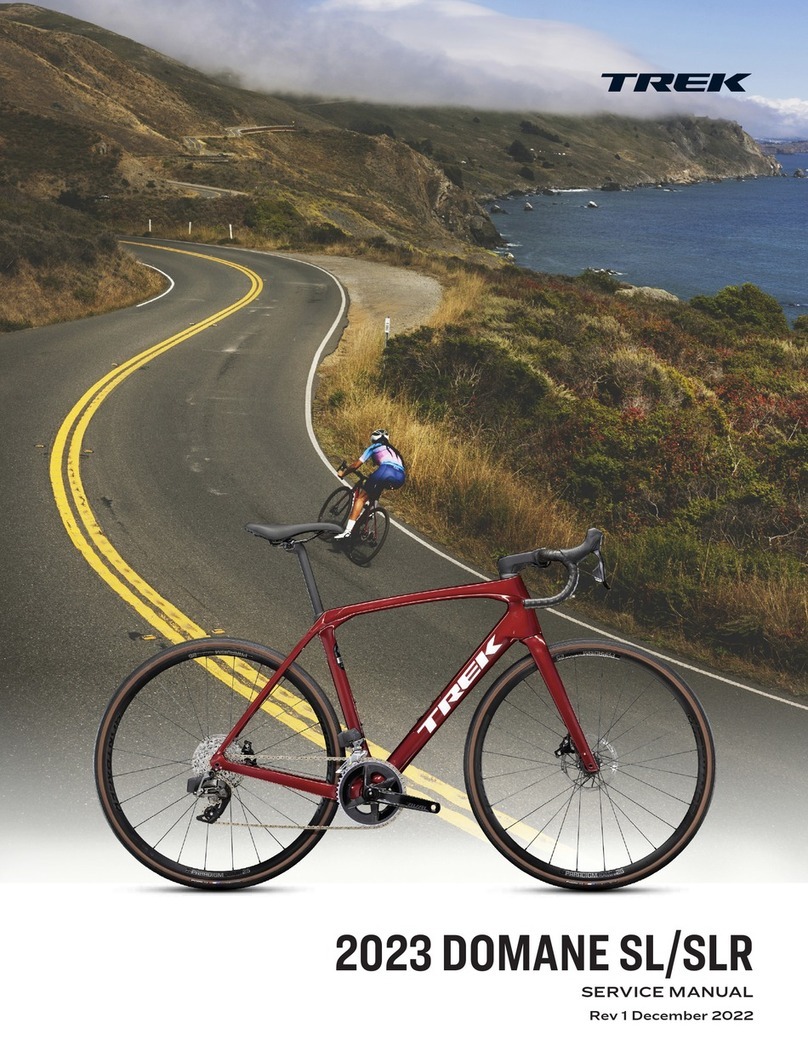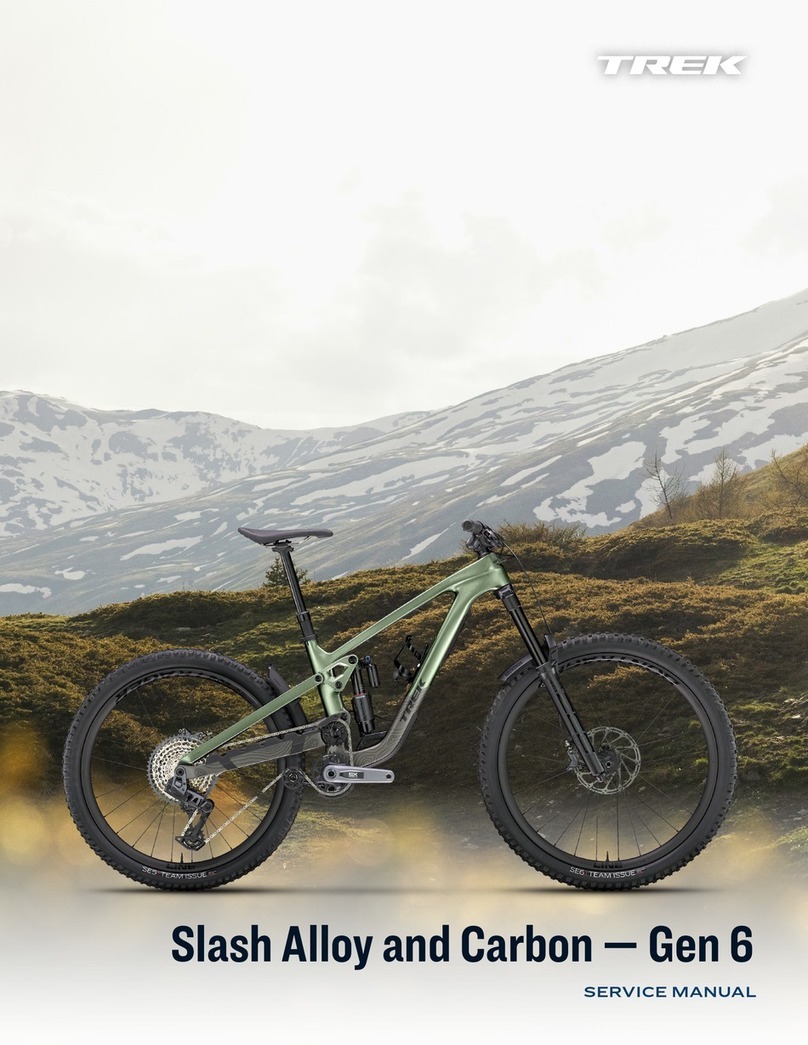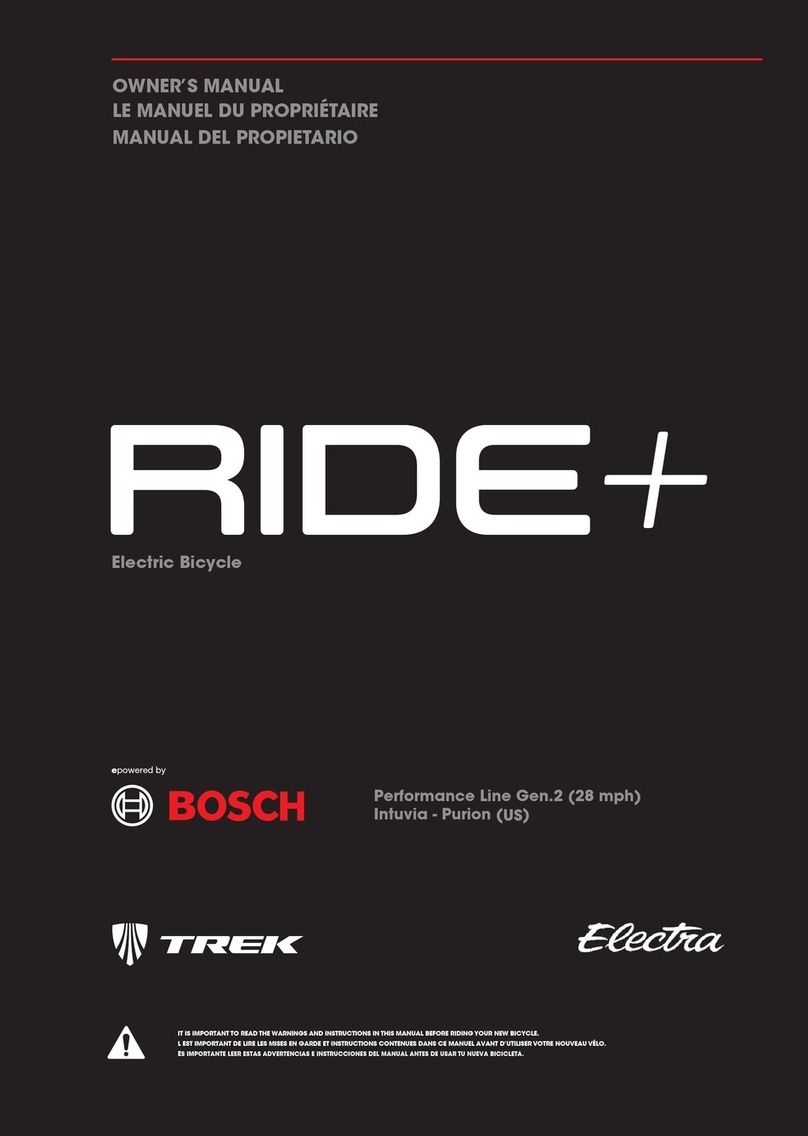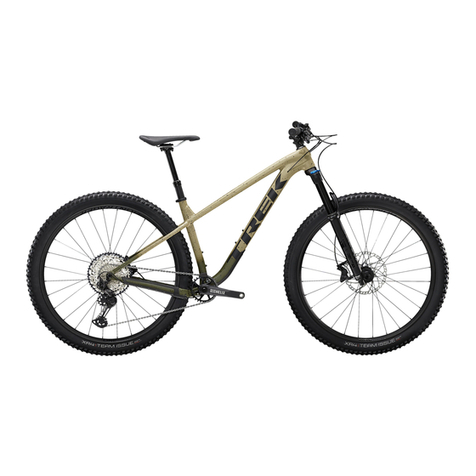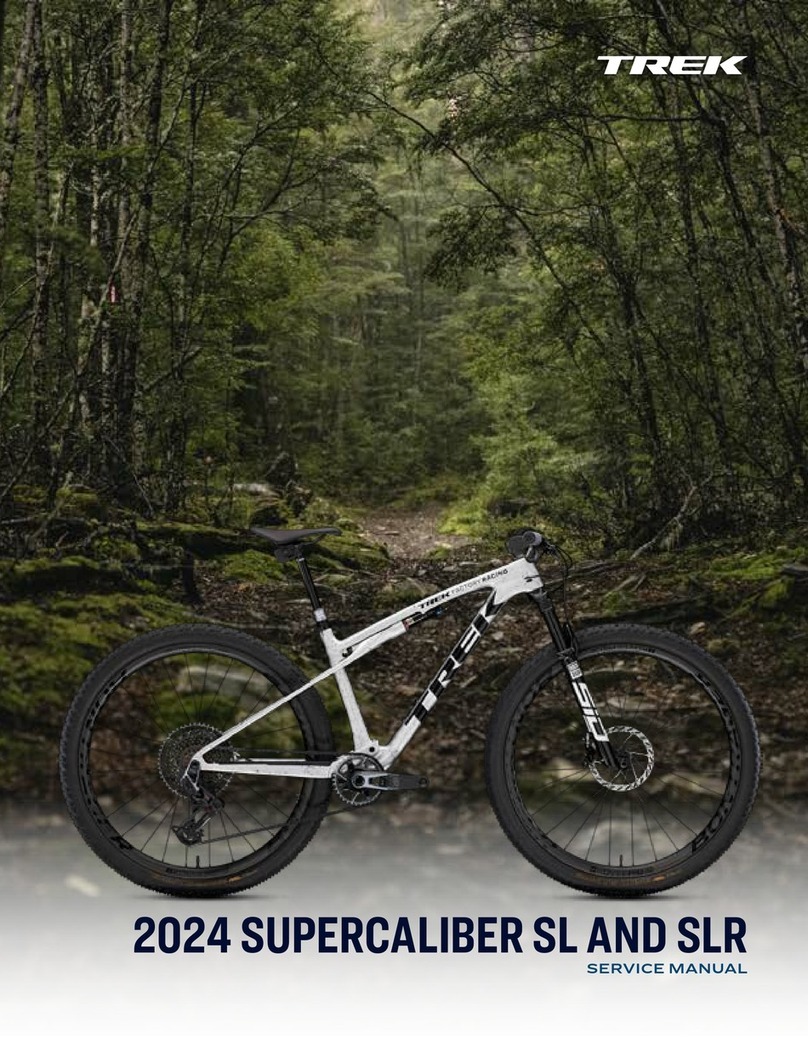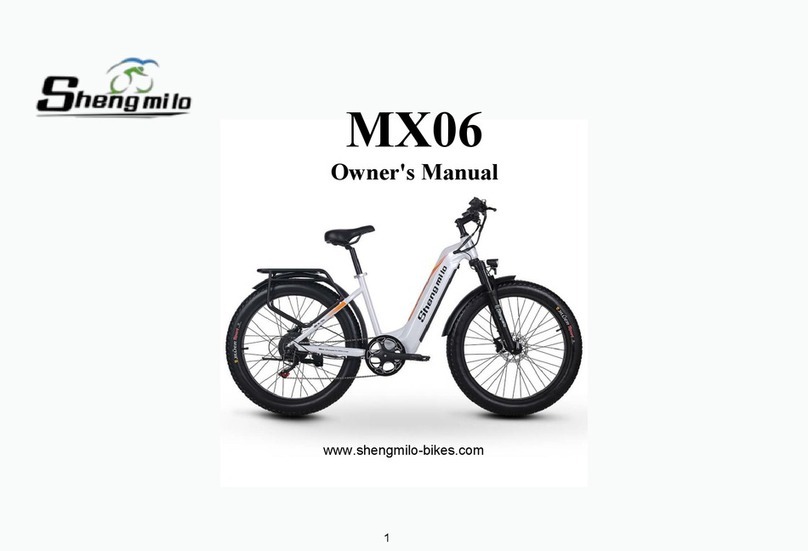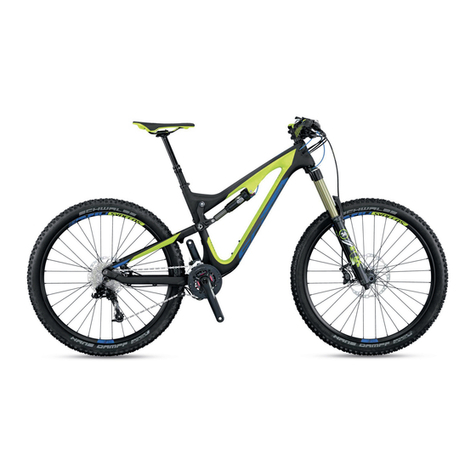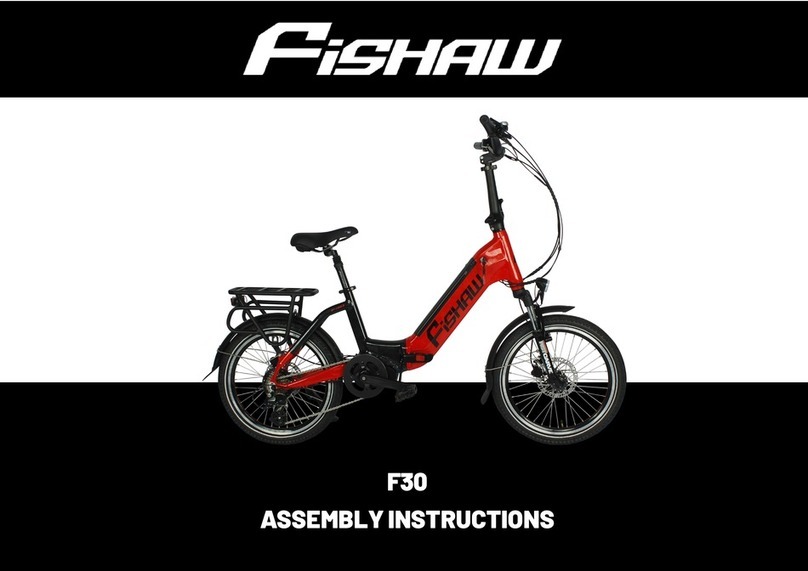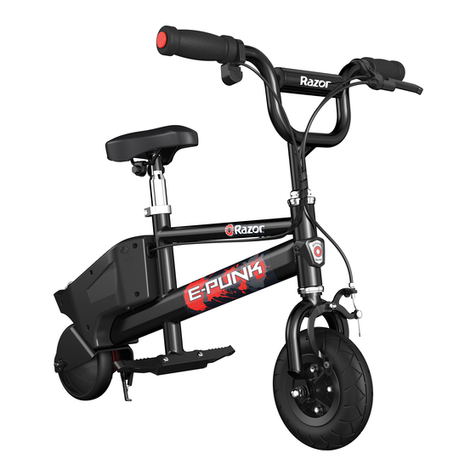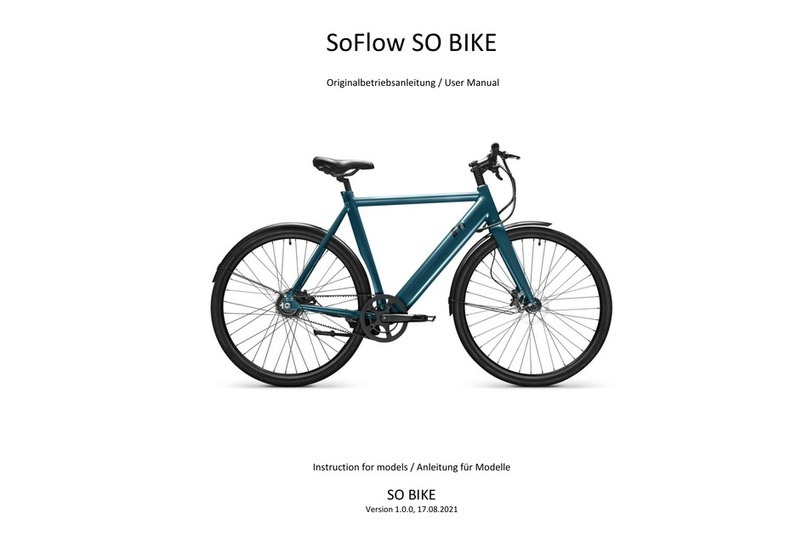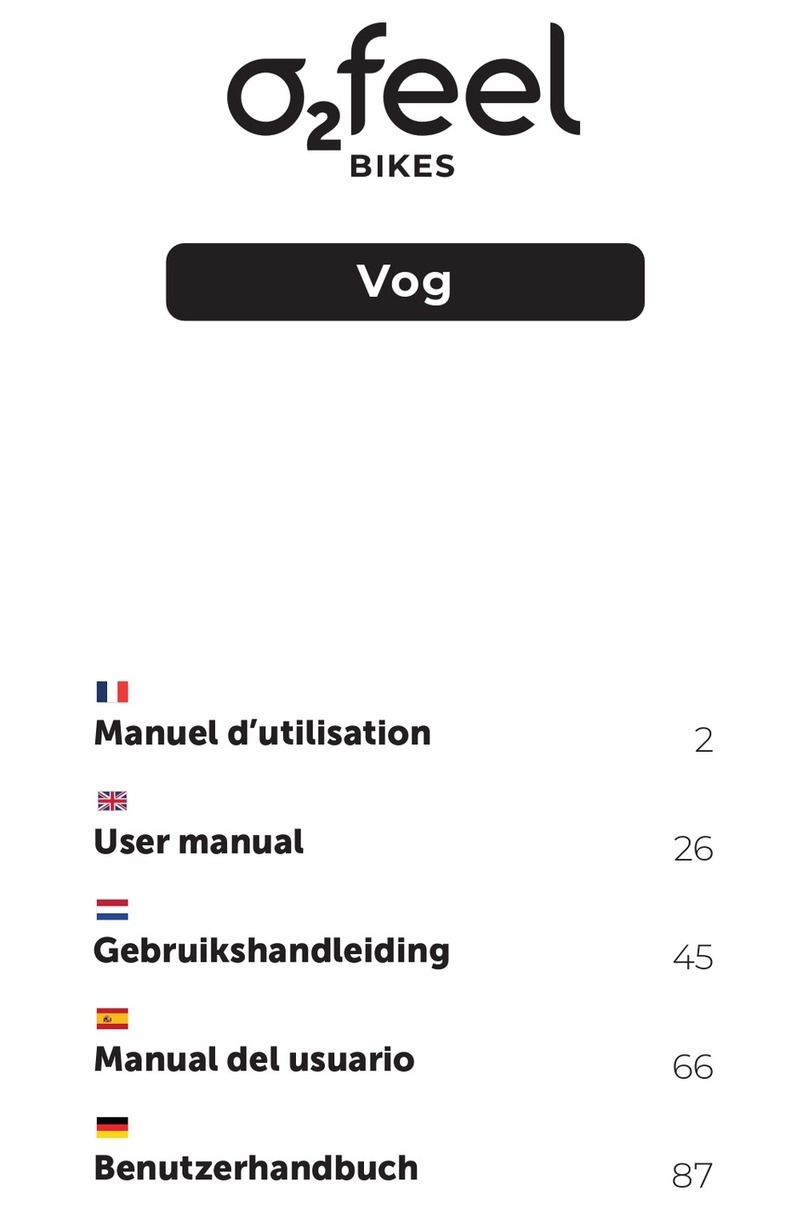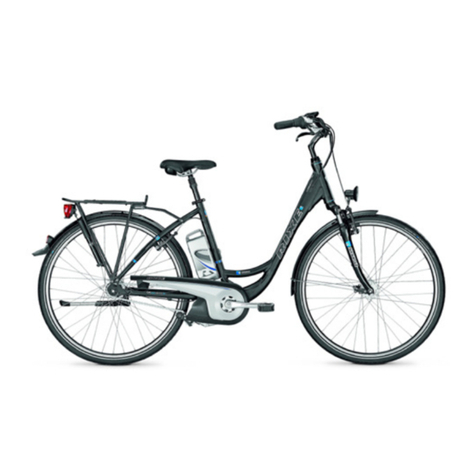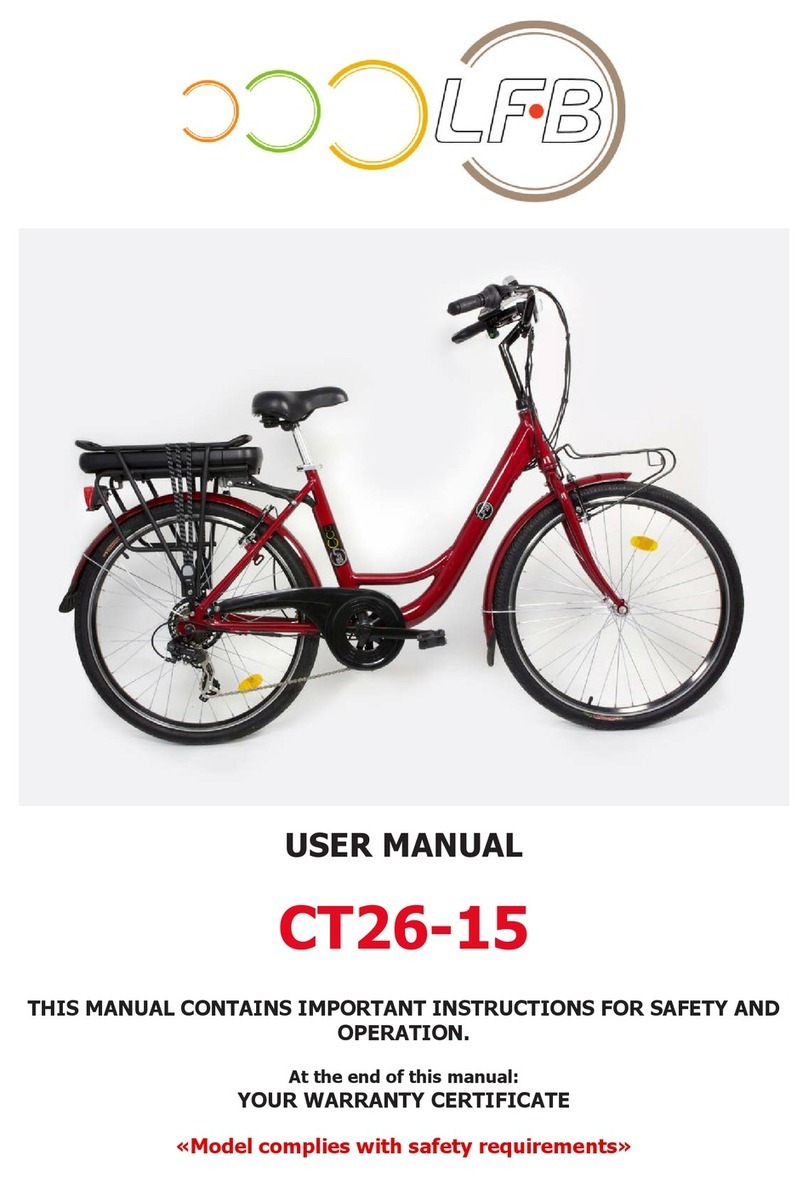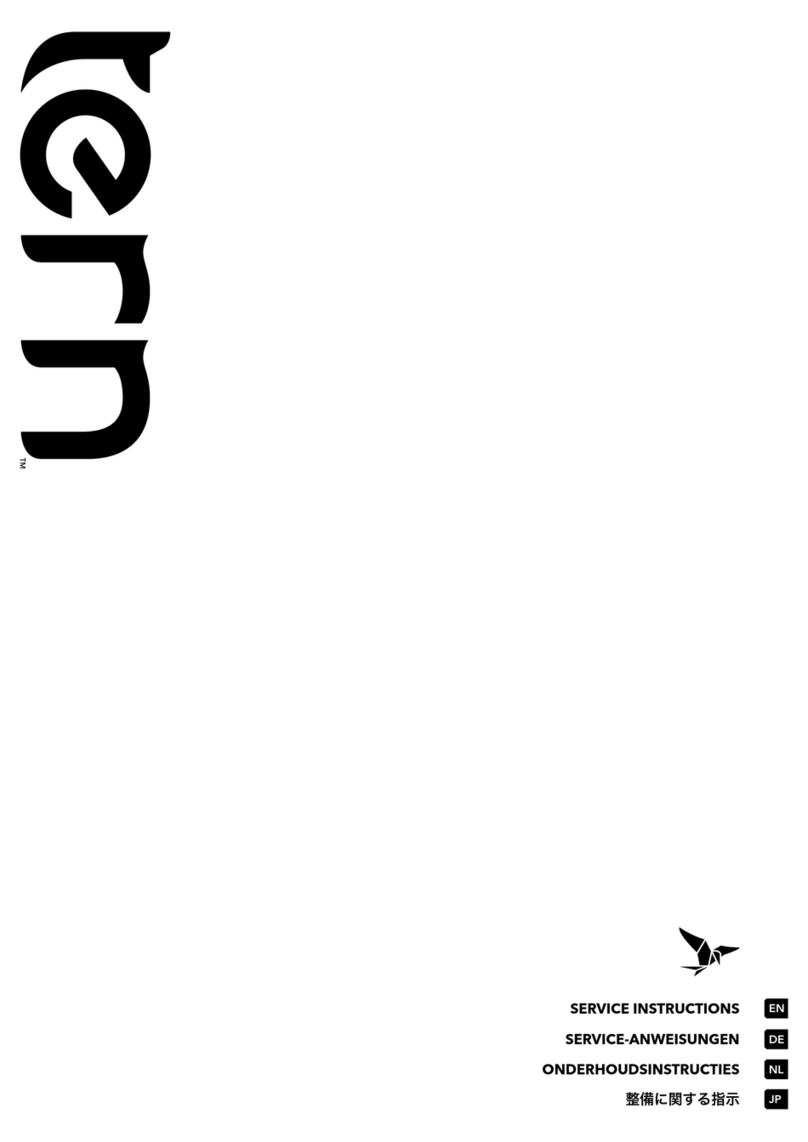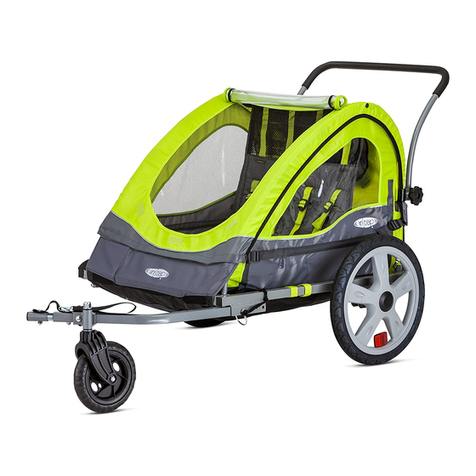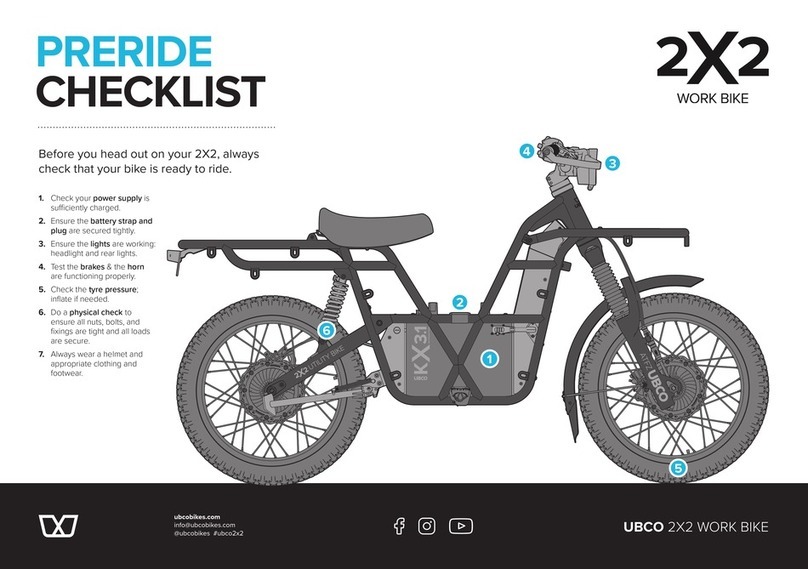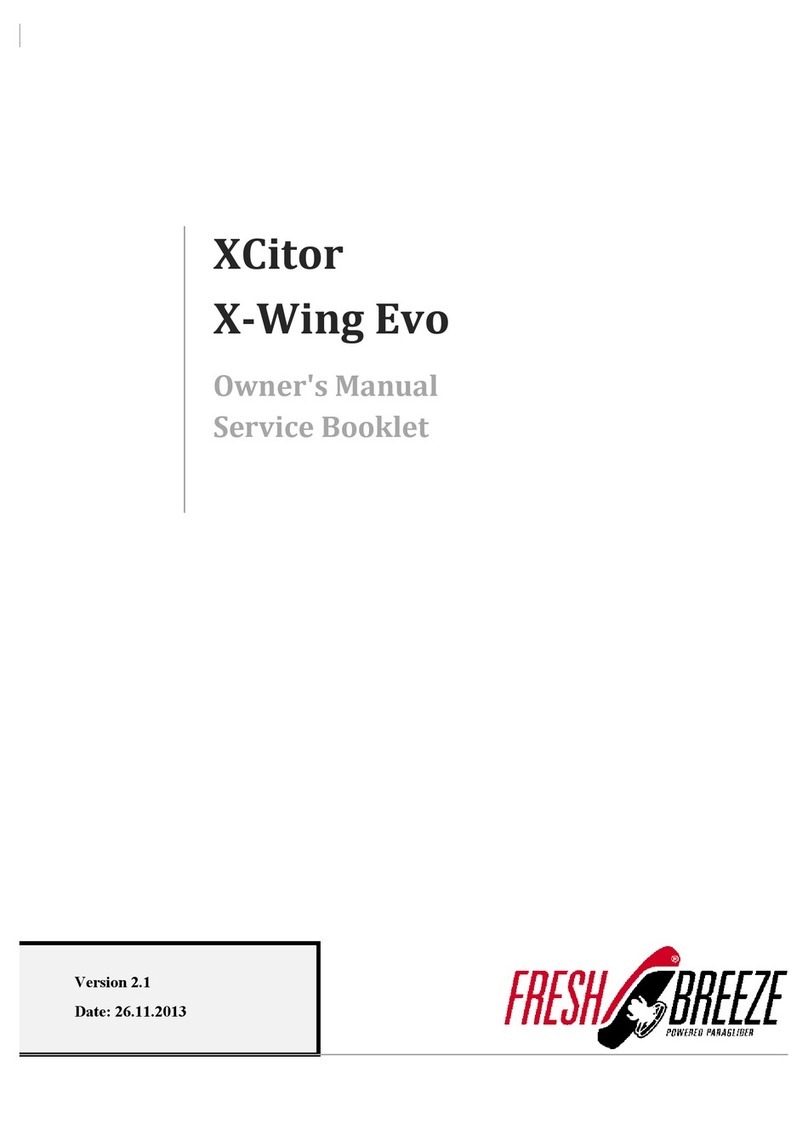A note from the
development team
Our goal as bicycle developers is simple: we
seek to improve experience of riding. Getting
there can be a bit more complicated.
Trek’s IsoSpeed decoupler, for instance,
which was originally developed for the first
generation Domane, was the result of an
extensive 18-month study of how a racing bike
performs over rough roads.
Since its introduction, IsoSpeed has
revolutionized race comfort technology,
bringing a new standard of compliance and
confidence in handling to road, cyclocross,
and mountain bikes in Trek’s lineup.
But Trek never stops developing. With the
all-new Domane SLR, we set out to devise a
solution that would both expand the range
and allow customization. Additionally, we
sought to offer front-end compliance that
increased efficiency
and comfort.
In development, we went directly to the
source—researching and designing adjustable
rear IsoSpeed and front IsoSpeed at the
Arenberg Forest with Fabian Cancellara and
Trek-Segafredo, then replicating a 100-meter
section in our Waterloo Performance Factory
for even more extensive testing.
After rider evaluations, structural testing,
and computer simulations, the result of our
efforts is extraordinary new ride-smoothing
technology that changes expectations of
race comfort. Hundreds of people had a
hand in making the new Domane a reality,
from engineers to product developers to
carbon techs on the Waterloo factory floor. It
wouldn’t be the bike it is today without each
of their contributions. In the end, we knew
we’d achieved something remarkable. We
hope you enjoy the magic.
Sincerely,
The Domane SLR Development Team
Domane SLR
A monumental advantage
Congratulations
If you’re reading this assembly manual,
odds are you’re about to lay hands on the
smoothest, most efficient race bike Trek has
ever created.
The all-new Domane represents a new
convention of race comfort and performance.
Born of the historic cobblestones of cycling’s
most iconic one-day races, Domane delivers
never-before-seen levels of compliance and
efficiency with three groundbreaking new
technologies: adjustable rear IsoSpeed, front
IsoSpeed, and the IsoCore handlebar.
Cycling’s roughest roads are the proving
ground of the world’s greatest equipment and
racers. These roads have conquered all.
Until now.
Domane is more than smooth.
It’s a monumental advantage.
1




















